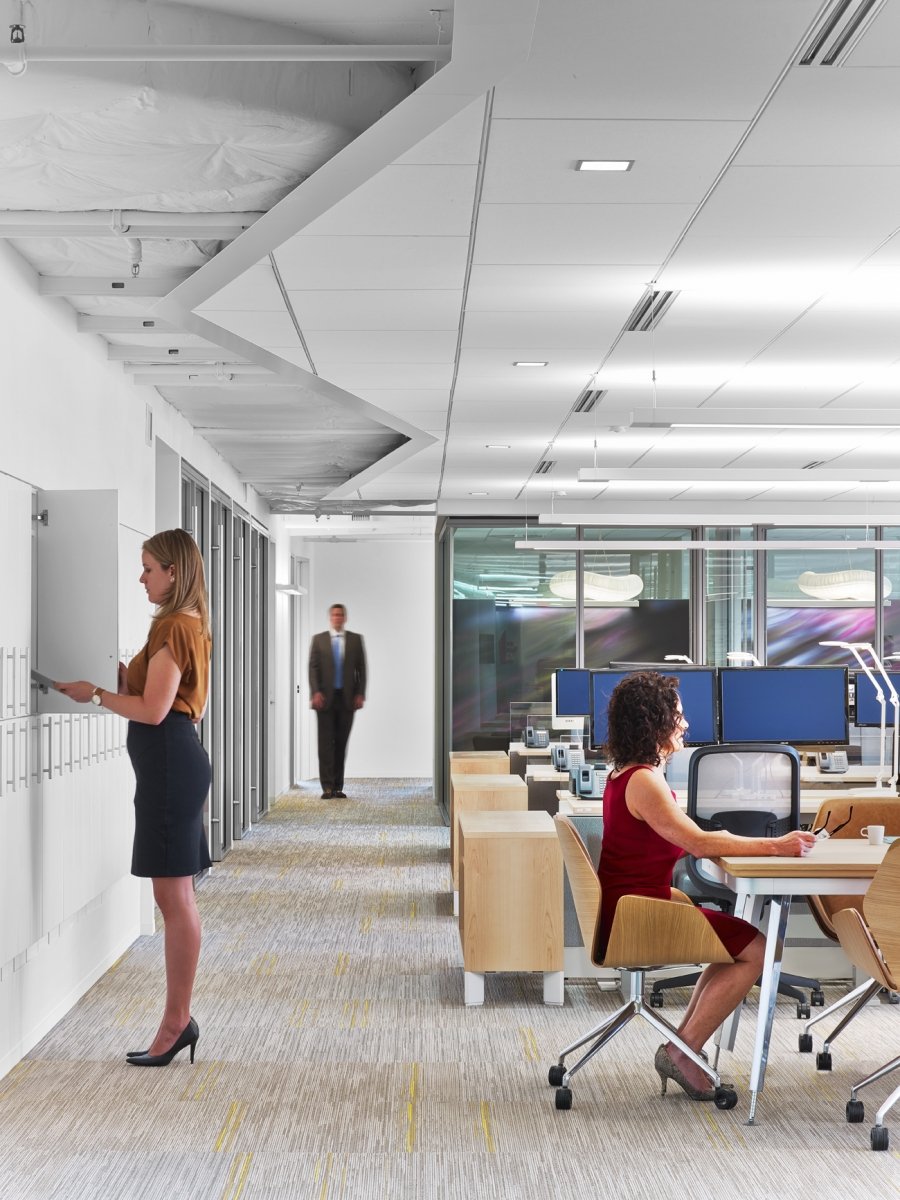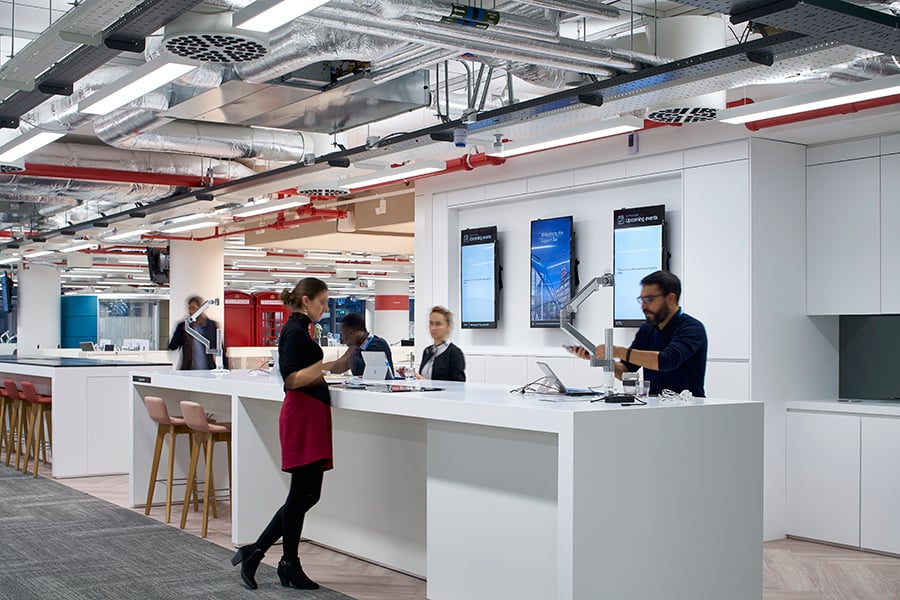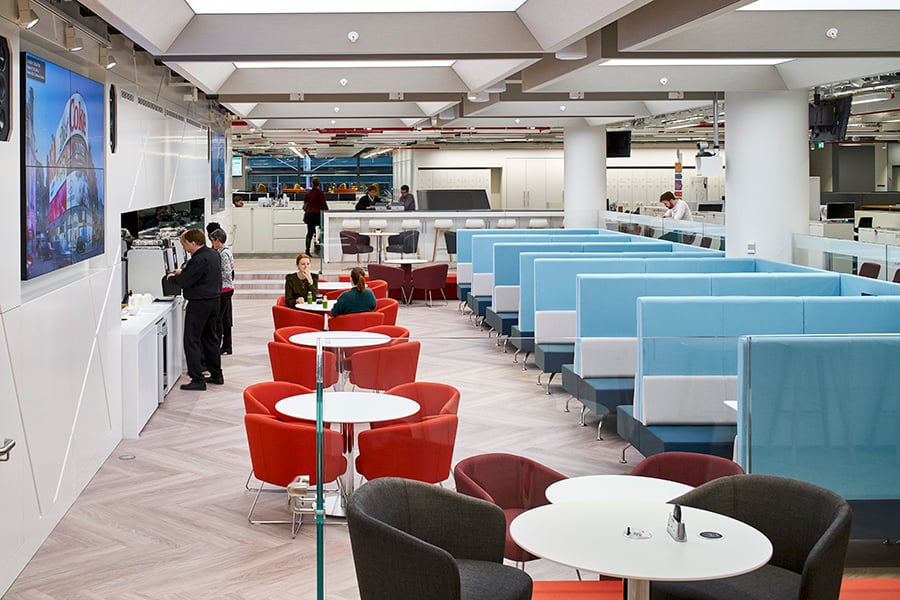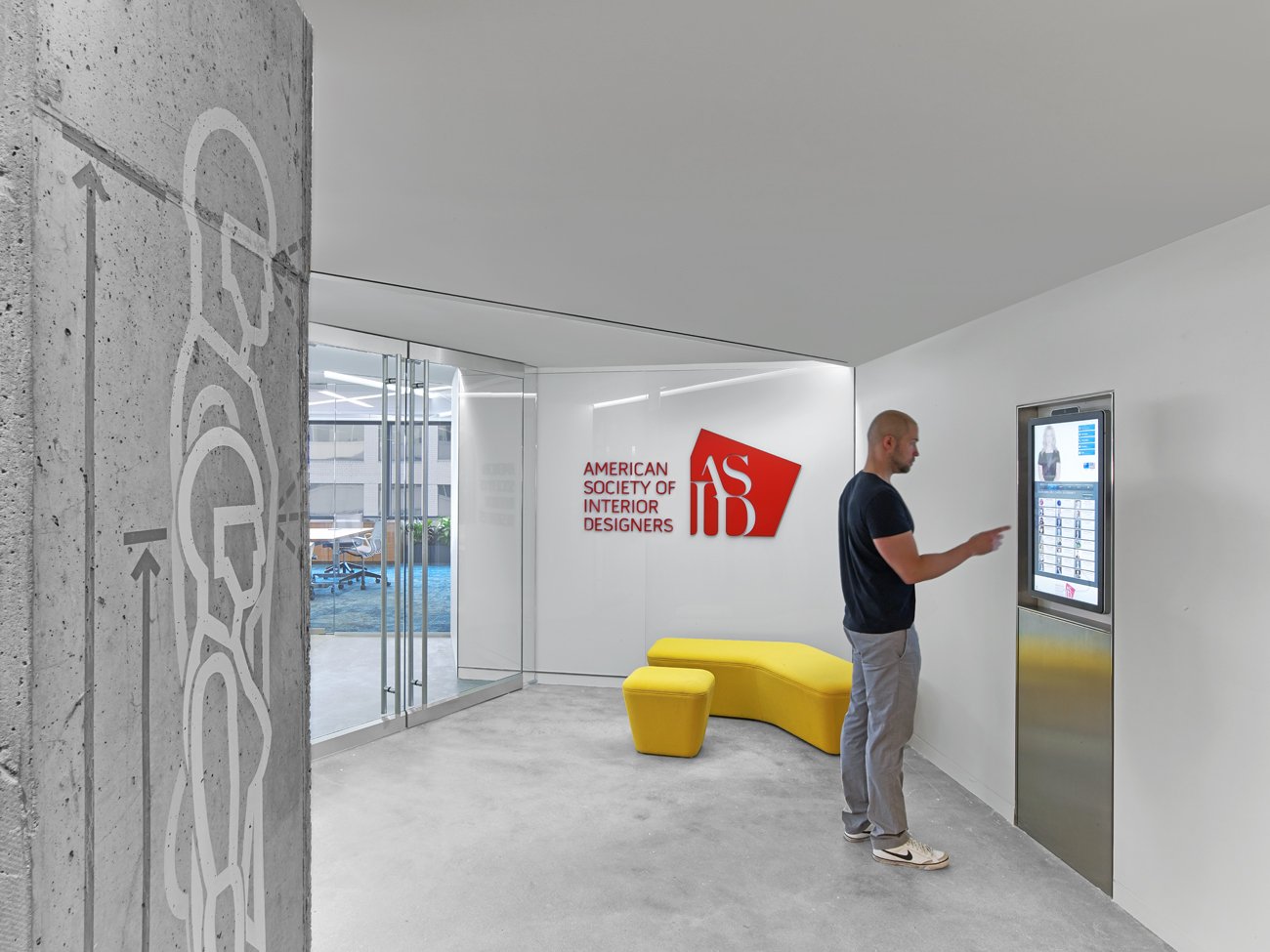
December 11, 2017
How New Wellness Standards Are Reshaping Architecture
This year, a new set of sustainability codes and standards addressed an often-overlooked ecosystem: the human body.
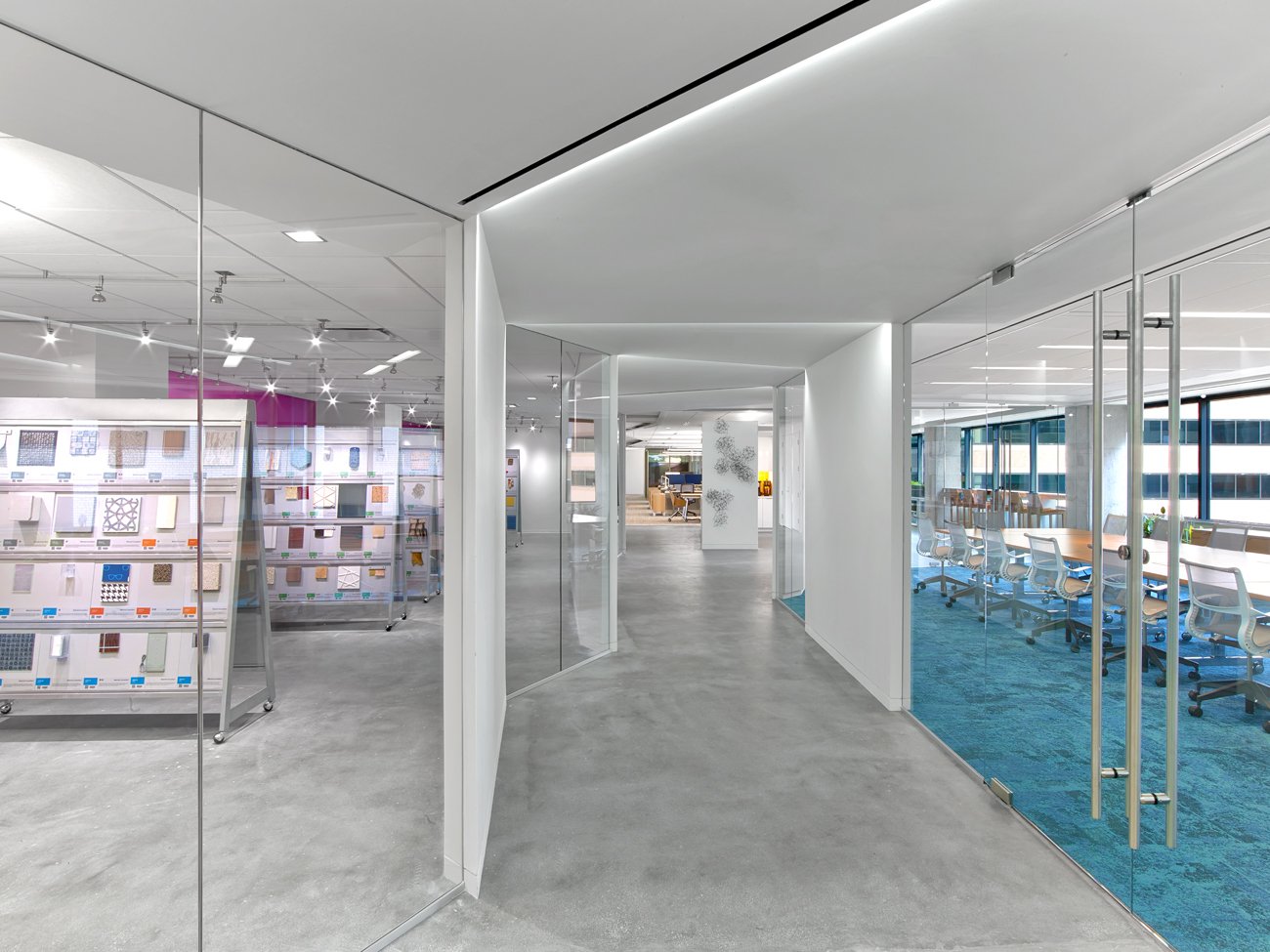
First there were complaints of headaches—not too surprising for the Bradley Avenue driver’s license center in Champaign, Illinois, with its crowded waiting areas and no one really wanting to be there all that much anyway. Employees just worked through the pain for a while. But over two years, from 2012 to 2014, their headaches became migraines, accompanied by burning eyes and scratchy throats. Some people even said they could taste metal in the air.
By the time the Illinois Department of Labor got involved, measurements of carbon dioxide levels inside the driver’s license center were hitting 2,900 parts per million, more than double the recommended levels of 600–1,000 ppm. The state shut down the building in 2014 and eventually razed it, deeming it too sick to be fixed. Illinois taxpayers had to fund the construction of a new center a year later.
It was a tough lesson, learned the hard way: Failing to account for the physiological effects of the built environment will cost everyone involved, especially those whose bodies are in the arena. While architects, developers, and building product designers have in the past decade adopted “greener” certifications and codes determining how good a building must be to the surrounding ecosystem, a new group of standards is now emerging that deals directly with nature on the inside. Human nature, to be exact.
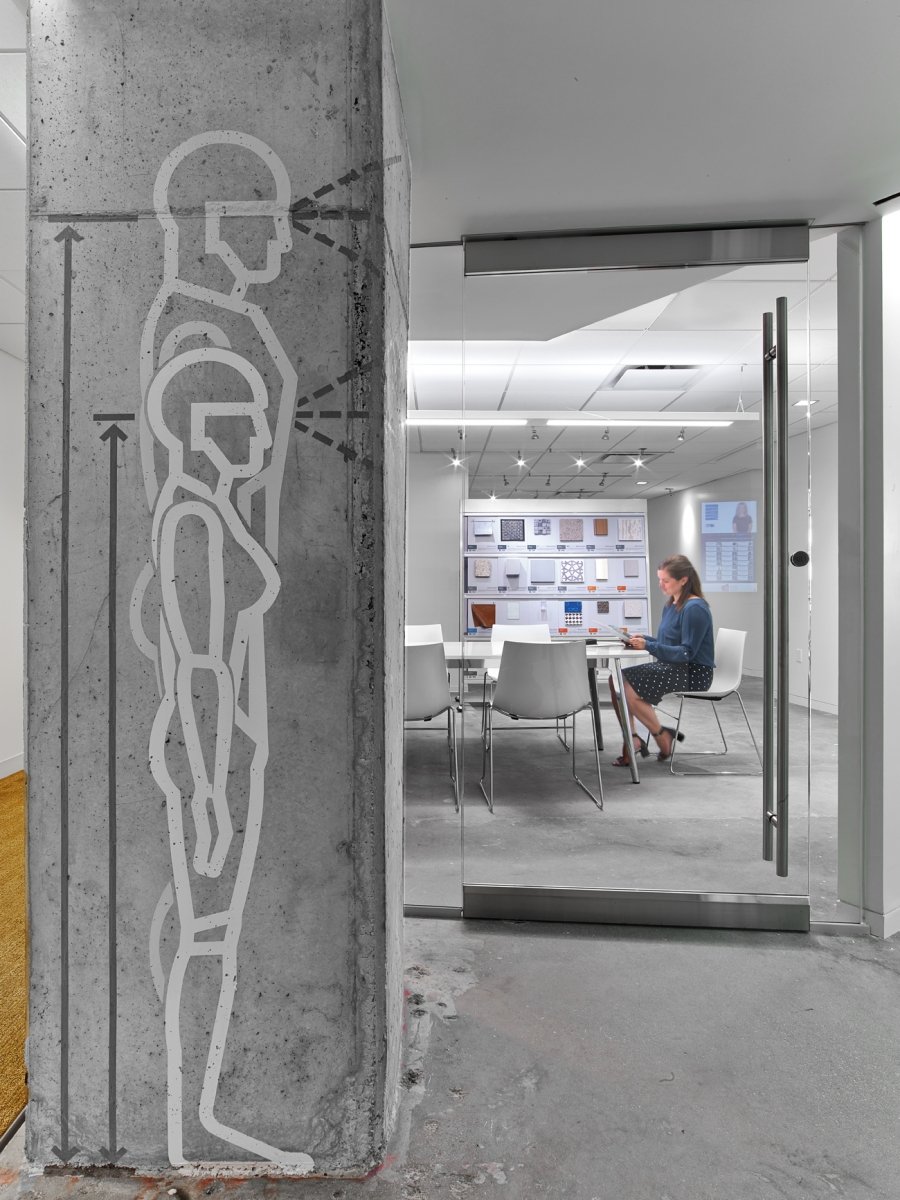
The scientific community is on a similar trajectory, as new research about the effects of noise, light, and air quality—among many other factors—reveals direct links to long-term human health, not to mention daily productivity. Just last month, the Nobel Prize in Physiology or Medicine was awarded to three scientists jointly “for their discoveries of molecular mechanisms controlling the circadian rhythm.” In lay terms, they studied how the earth’s daily rotation affects our genes, which build up certain proteins based on factors like the color of light we’re experiencing hour by hour. Their research joined other studies suggesting that biophilic design practices could directly affect human health in both the short and long term.
Not that clients always prioritize scientific studies. Their motivations, of course, tend to coalesce around budgets, functionality, and marketable style. So the new human-focused standards, like the WELL Building Standard, which began offering certifications three years ago, are designed to take those real-world incentives into account.
“Impact on productivity is the holy grail,” says Rachel Gutter, chief product officer at the International WELL Building Institute. “That’s how you get straight to the door of the CEO.”
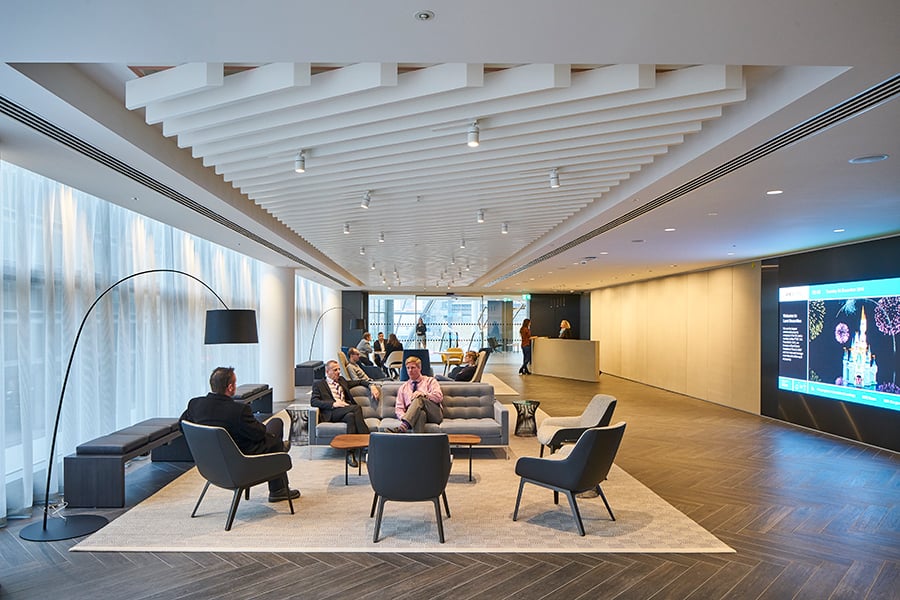
The WELL Building Standard is administered by the same body—Green Business Certification Inc.—as the far better-known LEED certification program, and they are built on interoperable technology platforms. That’s made it slightly easier for professionals to submit the loads of material required to apply for dual certification. Industry leaders are also speculating that the two standards might merge eventually. But for now, the WELL Building Standard is still in its early days and evolving. Gutter says the second version of the standard will be introduced to the public sometime in late 2018.
While the industry debates standards of design for wellness, broader aspects of sustainability often come up. Programs that focus on carbon management, for instance, may be intended to reduce the overabundance of carbon in the atmosphere, but they can affect the smaller systems in the human body as well. A manufacturer may be tracking carbon emissions at its factory, but if it’s going for a wellness stamp on its products—and there are a variety of programs that offer such endorsements, not just certifications—it will also assess human health risks over the products’ lifetime. Think, for example, about sealants in paints or fumes from building materials as they decay over time. Programs like the Living Product Challenge and Cradle to Cradle provide different models of measuring material health and friendliness to human bodies. Time will tell which programs scale most effectively.
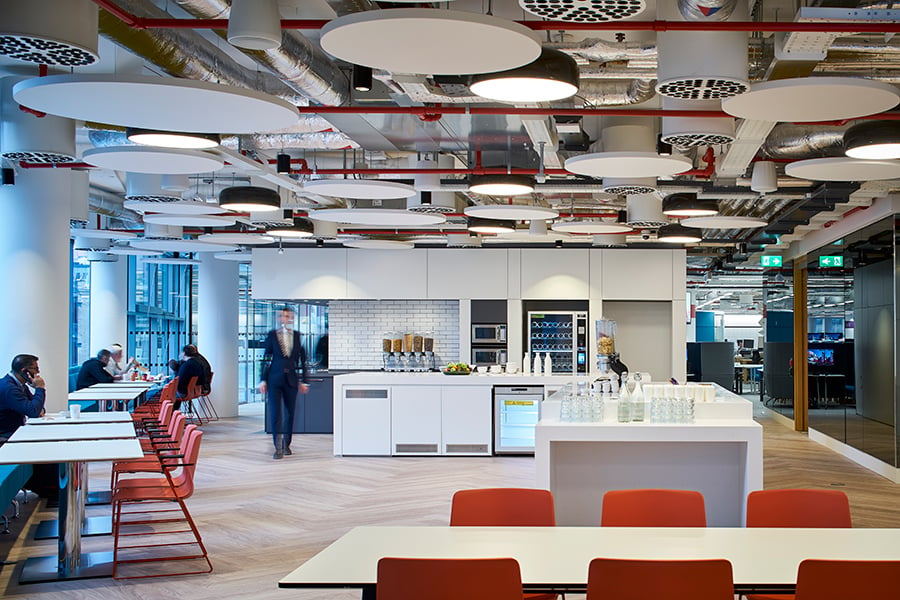
Meanwhile, research and consulting firms with an environmental focus such as Terrapin Bright Green are working with corporate clients—including Google—to advance what founder Bill Browning calls the many branches of the wellness conversation among both private and public institutions.
“Some folks, they’re just trying to check a box. It’s a competitive advantage of the property,” says Browning. “But there are other places where it’s a requirement.”
One of those places is California, whose progressive energy code, known as Title 24, has been beefed up to include more wellness regulations every three years. The latest iteration, Title 24, Part 6, went into effect last January 1, forcing the design industry to adapt fast. Manufacturers such as lighting giant Lutron have developed specific products just to meet the new rules, like a vacancy sensor (manual turn-on, automatic turnoff ) that can’t be converted to a regular-occupancy sensor (automatic turn-ons and -offs).
John Kamus, a California-based architect and cofounder of the Kamus + Keller practice in Los Angeles, has been working on projects that meet a variety of the new wellness standards and follow Title 24, too. He says that as tough as they are on budgets and workflow, you get used to them, and he believes wellness standards are pushing the industry in a good direction.
“When we promote a WELL Building concept outside of California borders, we do get raised eyebrows, followed by ‘You Californians are inhaling way too much medicinal cannabis!’” he says. “We reply, ‘But of course. It’s good for you!’”
Title 24, Part 6
Launched: The latest version took effect on January 1, 2017.
Enforcing body: California Energy Commission
Criteria: California has had energy regulations in place for buildings since 1977, enshrined in Part 6 of the building code, which is known as Title 24. The code, which has reduced greenhouse gas emissions by more than 250 million metric tons since 1978, addresses a wide range of design elements and product features for residential and nonresidential buildings and is updated every three years. The latest regulations for nonresidential buildings are 5 percent more stringent overall, including a lower power allowance for outdoor lights, and a requirement that sensors on windows and doors take outdoor temperatures into account while controlling heating and cooling.
Impact: Each update to the code drives California’s architects and designers to search for more energy optimal solutions, and pushes manufacturers to provide compliant products. For instance, this past May lighting-control and shading-system manufacturer Lutron released a new suite of products and tools to help architects and designers conform to Title 24 as well as other codes such as ASHRAE Standard 90.1 and IECC. “There are several mandatory lighting-control requirements in Title 24, Part 6,” says Michael Jouaneh, manager of sustainability and energy standards at Lutron. “For instance, in nonresidential buildings, most spaces must have dimmable lighting, automatic lighting controls, and the capability to reduce lighting power upon request from the utility.”
The WELL Building Standard
Launched: October 2014
Certifying body: Green Business Certification Inc. and the International WELL Building Institute, founded by Delos
Criteria: The WELL standard evaluates buildings according to seven concepts—air, water, nourishment, light, fitness, comfort, and mind—that are considered vital to improving the health of the people who occupy those buildings. These ideas are reflected in over 100 features of design, operations, and behavior that can enhance wellness. In addition, WELL takes into account innovation— new research or strategies that have a proven impact.
Impact: Last July 13, Teknion received WELL certification for its flagship showroom in downtown Toronto. Conceived by Vanderbyl Design in collaboration with SGH Design Partners, the 10,750-square-foot space, known as the Collaboration Hub, was rated silver and shows the effect of considering employee health while designing workplaces, says Tracy Backus, Teknion’s director of sustainable programs: “By embracing WELL and placing people at the heart of design, construction, operations, and development decisions, we are empowered to add value to real estate assets, generate savings in personnel costs, and improve upon the human experience, health, and well-being.”
Carbon Positive
Launched: Proposed in November 2016.
Certifying body: None yet, although several agencies around the world conduct carbon audits.
Criteria: In the assessment of the connection between carbon cycles and the health of our planetary systems, a wide range of terminology has come into play. Organizations and corporations across the globe have variously declared their approach to be “carbon neutral,” “carbon negative,” or “carbon positive,” while intending to have a positive impact on the planet and people. So in a November 2016 article in Nature, architect and sustainability pioneer William McDonough proposed that “carbon positive” should be the standard term for healthy and sustainable processes, and offered this definition: “actions that convert atmospheric carbon to forms that enhance soil nutrition or to durable forms such as polymers and solid aggregates; also includes the recycling of carbon into soil nutrients from organic materials, food waste, compostable polymers, and sewage.”
You may also enjoy “Can Vinyl Really Be Sustainable? One Manufacturer Bets on Yes.”




